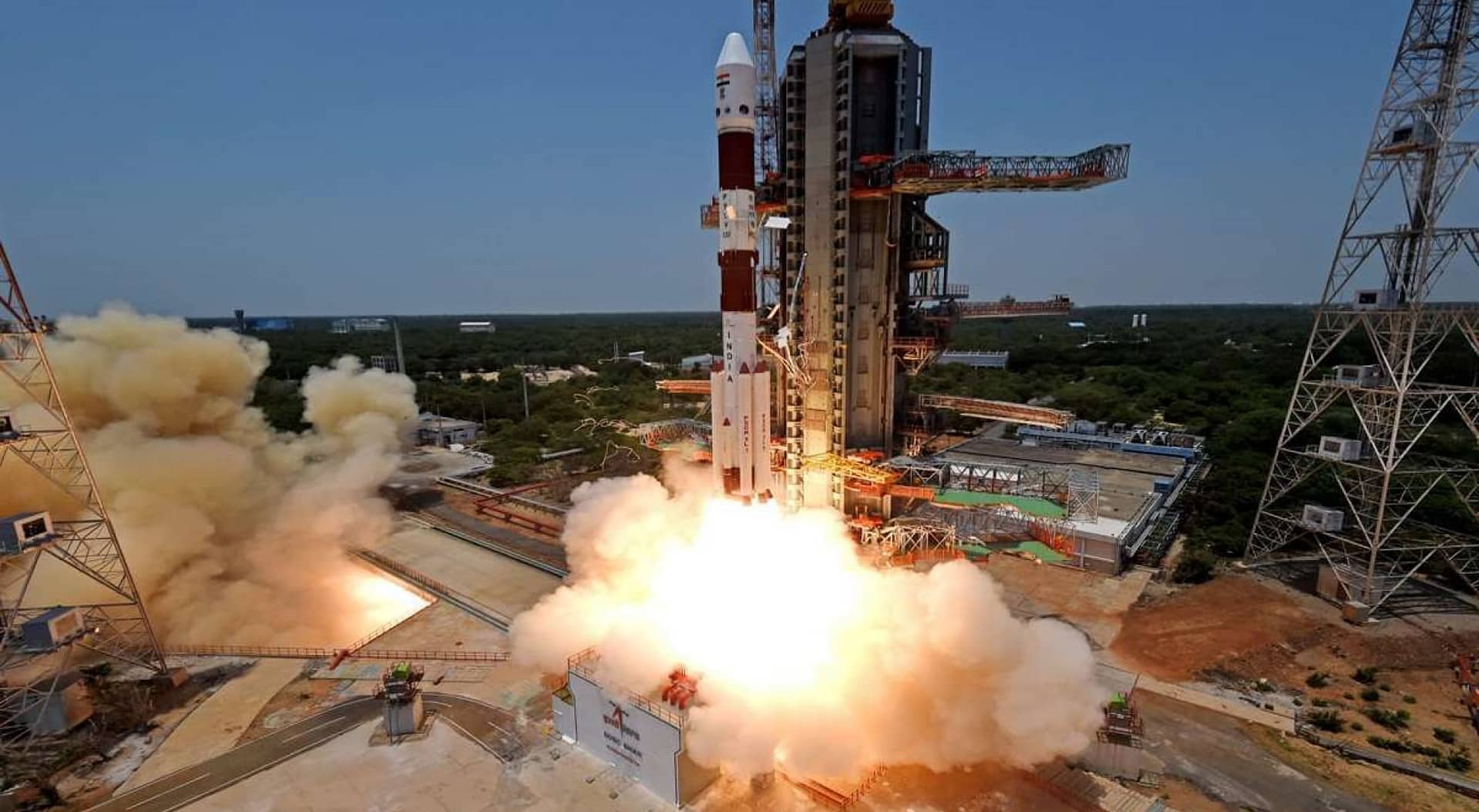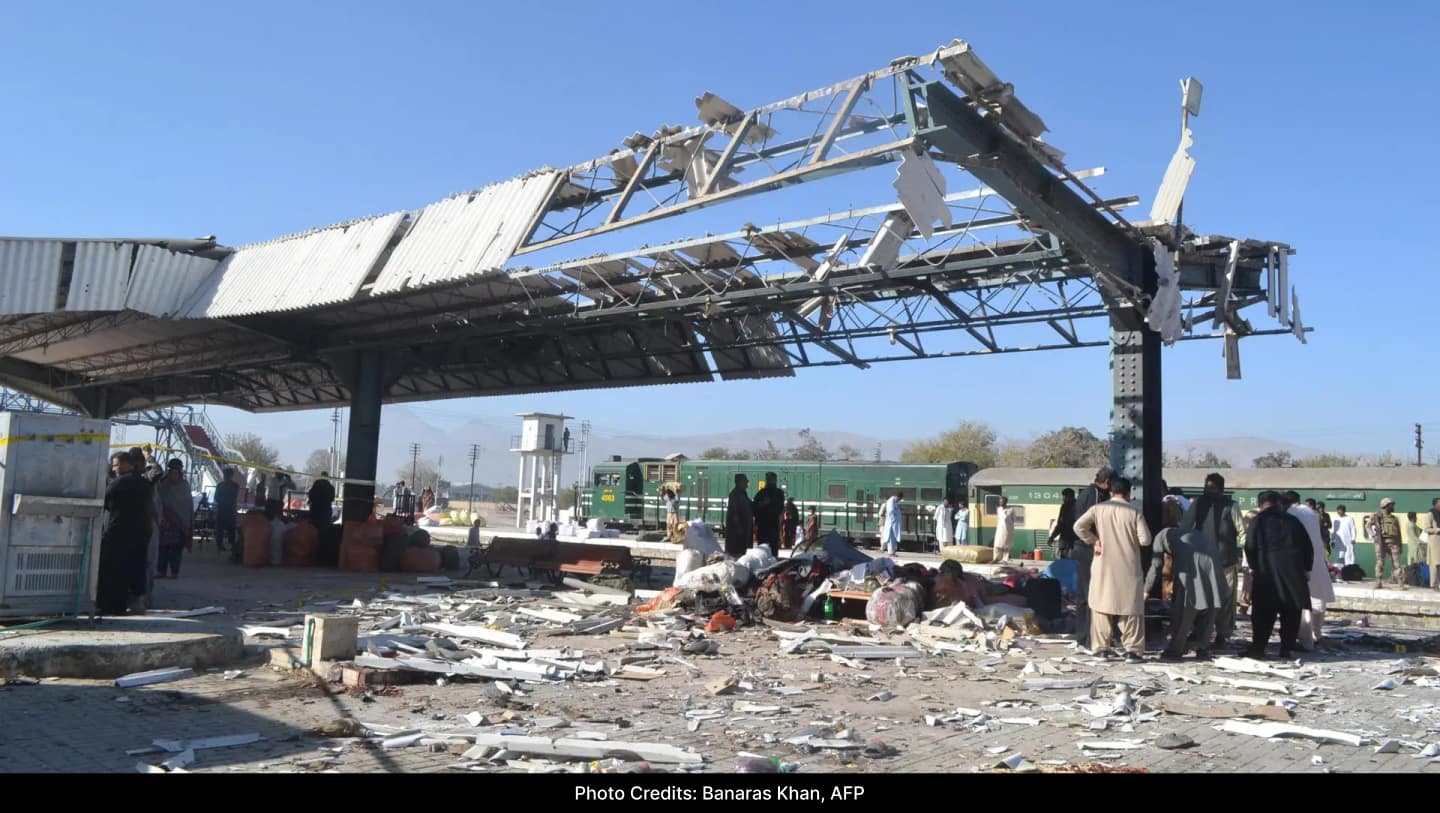After a 127-day journey, Aditya-L1, India’s first solar mission, will enter its final orbit today (January 6) from where it will observe the Sun for the next five years.
The spacecraft is scheduled to enter orbit around the L1 (Lagrange 1) point, a place among five in the Earth-Sun system where the gravitational forces of the two bodies essentially cancel each other out.
This point provides a relatively stable position for the spacecraft to stand up and conduct observations of the Sun.
However, achieving orbit around L1 is significantly different from achieving orbit around any other celestial body and is considered the most critical obstacle in this mission.
The spacecraft will spend the rest of its life in orbit around L1 following an irregularly shaped path in a plane roughly perpendicular to the line joining the Earth and the Sun, says an ISRO scientist.
According to M. Annadurai, former ISRO scientist and project director on the Chandrayaan 1 mission, securing and maintaining an orbit around L1 presents its own challenges.
Built at a cost of Rs 400 crore, the nearly 1,500 kg satellite will act as India’s first space-based observatory to study the Sun at a distance of nearly 1.5 million kilometers from Earth.
The satellite is expected to be placed in a circular orbit around Lagrange Point 1 (L1) around 4:00 p.m. The final insertion point was chosen because of its advantageous position, which is unaffected by eclipses and allows a constant view of the Sun.
The Aditya-L1 mission was launched on September 2 last year from ISRO’s Sriharikota launch pad in Andhra Pradesh.
“This maneuver (around 4 pm on Saturday) will tie Aditya-L1 into an orbit around L1. If we don’t do that, there is a possibility that it will continue its journey, possibly towards the Sun,” an ISRO official told PTI.
The operation, scheduled for Saturday at approximately 4:00 p.m., will place Aditya-L1 in orbit around L1. Without this action, there is a risk that it could continue its journey, potentially towards the Sun, according to an ISRO official speaking to news agency PTI.
The space observatory will monitor changing space weather and warn scientists of adverse changes including solar storms and eruptions that may affect the functioning of satellites. A solar storm is a large-scale magnetic eruption on the Sun that can affect the entire Solar System.
Equipped with seven payloads, the Aditya-L1 satellite is ready to carry out science experiments aimed at improving our understanding of the photosphere, chromosphere and outermost layers of the Sun, known as the corona. These experiments will use electromagnetic, particle and magnetic field detectors.




